17 ESL Activities for Engaging Classes

17 Essential ESL Activities that are Fun, Relevant and Engaging
Fun, relevant, and engaging ESL activities are the nitrous of every successful lesson. Through hundreds of successful ESL classes, we know what does and does NOT work.
ESL exercises are a controlled way to practice a particular language aspect. Instead, ESL activities engage in discussion and communication focused on a goal.
For example, you can cut our ESL discussion topics into bite-size papers and have them communicate in pairs. And this is just 1 of 17 ideas waiting for you to build these ESL activities into your classes and to perfection,
Ready to get started? Let’s jump in.
1. 101 ESL Discussion Topics: Free-Talking
If you’re struggling to energize your classroom with discussion and debate, these free-talking topics have been tested to keep them engaged.
Depending on the class, the free talking topics worksheet can keep things fresh. Print them off. Cut them up. Put it in a hat. Select a topic at random and let your students talk in pairs or together as a classroom.
If you’re looking for the whole package, here are 101 ESL conversation topics. Like an open microphone, there’s something in this list that will break the classroom silence.
2. Reverse Jeopardy: Formulating Questions
Instead of answering questions like in a quiz show, students are making the questions. Each card has a word with a point value. Similar to Jeopardy, you create 5 categories. Each category has 5 questions with harder cards as a higher point value.
In groups of 4, students pick the category and point value. After flipping over the card, the fastest group to raise their hands make a question. Give a countdown for how fast they have to respond. Don’t be afraid to give negative points if they are too slow to respond or make an incorrect question.
Students get quite competitive when you tally points. Out of all the ESL activities, this one never fails me. Not. A. Single. Time.
3. Lost in Kansas: Asking for Directions
In this map of Wichita Kansas, students practice turning left and right. In addition, they learn to move backwards and forwards.
First, put students into pairs. Next, they ask each other how to get to the destinations on the map. They can practice both asking and giving directions in this worksheet.
For traveling, this is an incredibly useful skill to get familiar with. Beforehand, practice the essentials like “turn left”, “go straight” and “number of blocks or intersections”.
4. Let Me Introduce Myself: Self-Introductions
How many times have you introduced yourself in your lifetime? For example, you introduce yourself to friends, in business meetings, and during round tables.
Using the business card template, ask your students to fill these out. In the next class, they can practice self-introductions by walking around the classroom and greeting fellow students.
Not only does this help students break the ice, but teachers get to put a name on each student’s face. And if they don’t have a photo, just have them draw a picture of themselves.
5. Timeless Timelines: History Exploration
From the start of human civilization, we remember some of the most famous people and inventions. Using this timeline worksheet, students arrange the timeline according to their birth date and the invention year.
From youngest to oldest, the teacher will go through the correct order in the history timelines for kids. For example, paper was invented more than 1300 years earlier than the printing press.
The teacher then helps everyone by giving the correct answers. Further to this, ask questions about inventors:
- Who else belongs in the list?
- What other inventions are important enough they should be added?
- Or what are future inventions you want to see on this list in the future?
6. Einstein’s Riddle: Detective-Style Logic Activity
Einstein’s riddle is a challenging detective-style activity where students have to use logic to solve the nationality, pet, drink, color, and hobby of each homeowner.
It’s believed that at a young age, Albert Einstein created this riddle. Eventually, it made its way as a head-scratcher activity that even challenges your brightest students.
Because of its difficulty, we have provided answers to Einstein’s riddle below. But if you’re brave enough, you can give it a shot with just the clues.
7. Cultural Dictionary
Have you ever wanted to live in another country just for a sense of culture shock? The purpose of this ESL activity is to transform your class into a cultural exchange.
One of the best parts of teaching English abroad is the cultural exchange between you and where you teach English abroad. And don’t forget that culture exchange is two ways. Not only do your students learn about your culture, but you can learn about theirs.
Ask students to write down one culturally significant item about their country. Ask for volunteers to share. Once you collect all the students’ answers, you can compile everyone’s ideas in a culture exchange dictionary that you can keep in class.
8. Group Charades: Action Verbs
Charades works for outgoing classes. But for introverted classes, it can be an epic failure. However, suddenly for group charades, introverts become extroverts and they’re much more likely to be more relaxed.
First, split the class into groups. For example, if you have 30 students, make 6 groups of five. Rather than one person acting out, the entire group acts it out, and one person guesses. In the group charades worksheet, there are tons of ideas to get started.
This is why reverse Charades can put a well-needed twist on the instant classic.
9. The Classroom Movie: Dialogue Practice
It’s amazing what a green screen can do in an English class or club. I brought one into class. All of a sudden, students were making up their own English movie ideas. And the ideas were pretty awesome – one took place at the Eiffel Tower!
When students start taking control of their own fate, their own English improves 10 fold. The classroom movie activity has the potential to do that.
From your typical everyday students to Hollywood movie stars. And it’s all because you came prepared with a green screen.
10. Your Dream Job: Job Interview Practice
If you want to get serious about students’ future, this dream job worksheet might be the answer.
In pairs, students ask each other the list of questions on the sheet. After answering all the questions, everyone can find out their perfect job by counting how many “YES” answers.
Now that students have learned about different job types, it’s time for students to prepare for a job interview. Using the job interview worksheet, students can imagine they have landed interviews for their dream job.
With the set of questions in the handout, students can write down answers to the interview questions. Finally, they can practice with each other for their dream job.
11. Multi-purpose Items: Informative/Explanatory Writing
First, the teacher gives the class an object, any object. Next, give the students a couple of minutes to think of all of the different uses for that item. After about five or six minutes, the teacher asks students to share what they have come up with.
For example, you can use forks to eat food, comb your hair, open cans, mix ingredients, and clean pans. Not so bad for a simple fork. The “Multi-purpose Items” encourages creativity and it’s fun to hear what they come up with.
The purpose of informative/explanatory writing is to explain why or how something works the way it does. In this informative/explanatory writing worksheet, we engage in giving informative answers for multi-purpose items.
12. Rhyme Time: Activity Sheet
First, put your students into groups. Next, hand out the Rhyme Time activity sheet. Now, bring out your stopwatch and get your students to think of as many rhymes as possible for each group. Finally, the group with the most rhymes wins.
Your students are poets and they don’t even know it. Review the rhymes and have a classroom discussion on rhymes. For example, when do you hear rhymes? How about in songs or poems?
12. Simon Says: Imperatives
Only when the teacher says “Simon Says”, students can complete the action. For example, if you only say “Touch your nose”, students should do nothing.
But if you say “Simon says touch your nose”, students should actually touch their nose. This is how to play Simon Says.
If you’re looking for Simon Says ideas, we have provided a worksheet below that you can use. For example, students can touch their noses, jump up and down and run in a circle.
13. Pushy Salesperson: Advertisement Ideas
Have your students sell something that nobody wants to buy like a pushy salesperson. There are tons of advertisement ideas for a school project in this worksheet.
First, the teacher gives the class an object, any object. Next, give the students a couple of minutes to think of all of the different uses for that item. After about five or six minutes, the teacher asks students to share what they have come up with.
For example, you can use forks to eat food, comb your hair, open cans, mix ingredients, and clean pans. Not so bad for a simple fork. The “Multi-purpose Items” encourages creativity and it’s fun to hear what they come up with.
14. Pass the Ball: Vocabulary Brainstorming
One of the best parts about “Pass the Ball” is that you need practically no preparation time at all. Also, you can practice anything from rhyming to vocabulary to types of things.
First, the teacher comes up with a topic or idea. In the worksheet below, there are some ideas but they can be anything. Next, the teacher starts the music, and students have to think of as many words as they can for that topic.
Someone starts with a ball. When they come up with a word, they pass the ball to another student. This process continues but they can’t repeat something that has already been said.
When the music stops, whoever is holding the ball loses. And the punishment can be anything. For example, they must speak for one minute about a topic the teacher gives them.
This activity was previously called “Talking Timebomb” because you used a timer. Whoever was left with the ball at the end of the music lost the game.
15. Pronunciation Game: Minimal Pairs Pyramid
Minimal Pairs are words that sound similar but one phonological element is different in the two words. For example, glamour and grammar sound extremely similar. But they are different with the /r/ and /l/ sounds.
In the pronunciation game, students have to keep a keen ear for what they hear. For example, we use minimal pairs which are similar sounding words with one different phonological element.
First, they start at the top of the pyramid. Next, the teacher says the word, and students have to circle it. Meanwhile, this process continues until everyone reaches the bottom. Finally, there’s only one spot where everyone should finish.
As the teacher, you have to keep track of where the final landing spot should be. Check your students’ understanding. Finally, review the minimal pairs by practicing each sound together as a classroom.
16. Tongue Twisters: Pronunciation Practice
Tongue twisters are an effortless way to challenge students at pronunciation. The nice thing is that they have so much fun doing it that they don’t even notice they are speaking English.
I like to start this class by doing a tongue twister in their native language. If I mess up, it gets students laughing. But nothing to worry about because mistakes are OK. Point proven!
First, practice the tongue twister with “repeat after me” style drills. Next, have students practice in pairs, but don’t give them too much time. Finally, open the classroom up for volunteers who can say the tongue twister the fastest.
You might be surprised to see the shyest student in class get in the action! They’re challenging themselves to speak faster. And they are having fun doing it. This is a good recipe for success.
17. Talktastic: The Free-Talking ESL Board Game
This free-talking ESL board game “Talktastic” requires a game board and dice to play. But with a bit of preparation, students will be asking each other questions and answering in no time.
First, the teacher makes groups of two. Next, students roll the dice and move their game pieces. When they land on a square, they’ll ask their partner the question in the box. Accordingly, their partner responds until they go around the entire game board.
Even if you have rules to only speak in English in class, this activity is one of those times you should enforce this. Overall, this ESL Board Game lasts for a good 15 minutes and is a lot of fun for students.
17 Essential ESL Activities that are Fun, Relevant and Engaging
Engaging ESL activities are one of the most essential elements of teaching an effective lesson.
These ESL activities aim at boosting awareness and increasing English as a Second Language in an effortless, fun sort of way.
Are you ready to take action? These ESL activities are all free to download and print to teach within your class today.
Let me know what you think with a comment below.

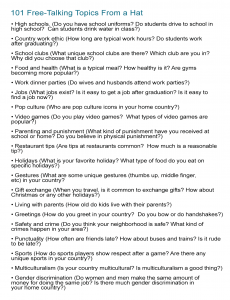


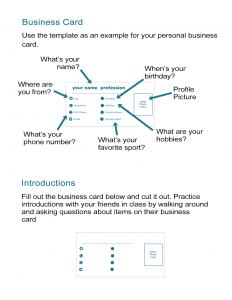
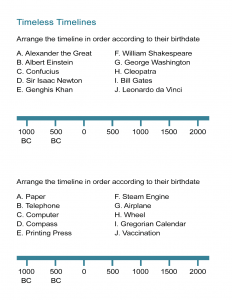
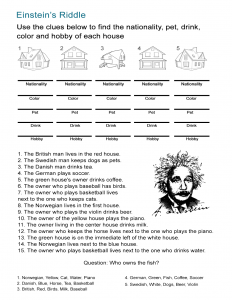
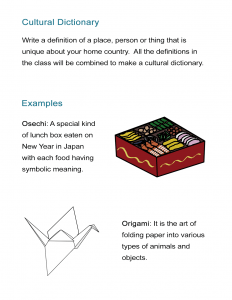

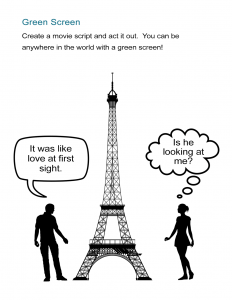


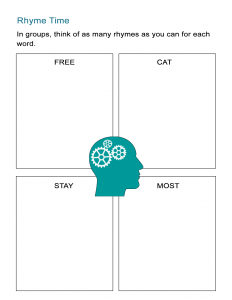
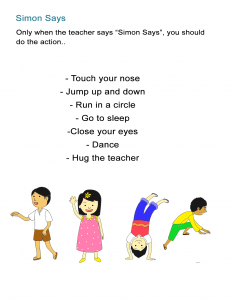




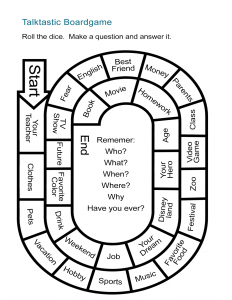


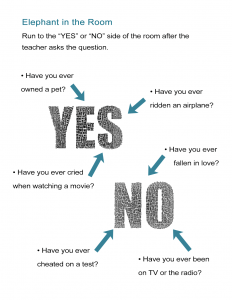
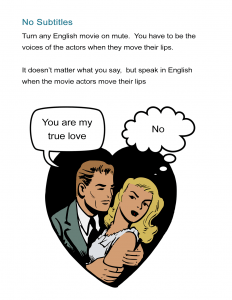
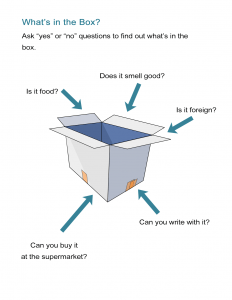
Thank you very much for these lessons
Great collection of activities! Thanks!
Thank you very much. These are some very interesting ideas.
Great ideas for our ESL table for our upcoming Curriculum Night.
These ideas are amazing. I’m so excited to try them with my teen and adults students